P. Hariharan0521807417, 9780521807418, 0521002001
Table of contents :
Cover……Page 1
Half-title……Page 3
Title……Page 5
Copyright……Page 6
Contents……Page 7
Preface……Page 13
1 Holographic imaging……Page 15
1.1 Early development……Page 16
1.2 The in-line hologram……Page 18
1.3 Off-axis holograms……Page 20
1.4 Fourier holograms……Page 22
1.5 Lensless Fourier holograms……Page 24
1.6 Image holograms……Page 25
References……Page 26
Problems……Page 27
2.1 Images of a point……Page 29
2.3 Image aberrations……Page 31
2.3.1 Classification of aberrations……Page 34
2.5 Image speckle……Page 35
2.7 Image luminance……Page 37
References……Page 38
Problems……Page 39
3.1.1 Thin amplitude gratings……Page 41
3.2 Volume gratings……Page 42
3.2.1 Volume transmission gratings……Page 44
3.2.2 Volume reflection gratings……Page 45
3.3 Imaging properties……Page 46
3.4 Thick and thin gratings……Page 48
3.6 Multiply exposed holograms……Page 49
Problems……Page 50
4.1 Lasers……Page 52
4.2 Coherence requirements……Page 54
4.3 Laser beam expansion……Page 56
4.6 Pulsed laser holography……Page 57
4.7 Laser safety……Page 58
Problems……Page 59
5.1 Amplitude and phase holograms……Page 60
5.3 Effects of nonlinearity……Page 61
Problems……Page 63
6.1 Photographic materials……Page 64
6.3 Silver-halide sensitized gelatin……Page 68
6.5 Photopolymers……Page 69
6.6 Photothermoplastics (PTP)……Page 70
6.7 Photorefractive crystals……Page 71
References……Page 72
Problems……Page 73
7.1 Transmission holograms……Page 74
7.2 Reflection holograms……Page 75
7.3 Full-view holograms……Page 76
7.4 Rainbow holograms……Page 77
7.4.1 Image blur……Page 78
7.5 Holographic stereograms……Page 82
7.6 Holographic movies……Page 83
References……Page 84
Problems……Page 85
8.2 Multicolor rainbow holograms……Page 86
8.3 Light sources……Page 87
8.4 Pseudocolor images……Page 88
8.4.2 Pseudocolor reflection holograms……Page 89
Problems……Page 90
9.1 ‘Contact printing’……Page 92
9.2 Embossed holograms……Page 93
References……Page 94
Problems……Page 95
10 Computer-generated holograms……Page 96
10.1 Binary detour-phase holograms……Page 97
10.3 Three-dimensional objects……Page 101
10.5 Optical testing……Page 103
References……Page 105
Problems……Page 106
11.1 article-size analysis……Page 108
11.2 Imaging through moving scatterers……Page 109
11.3 Imaging through distorting media……Page 110
11.4 Time-gated imaging……Page 111
11.5.1 Multiple imaging using Fourier holograms……Page 112
11.5.2 Multiple imaging using lensless Fourier holograms……Page 113
References……Page 114
Problems……Page 115
12.1 Holographic diffraction gratings……Page 116
12.2 Holographic scanners……Page 117
12.3 Holographic filters……Page 118
12.4.1 Head-up displays……Page 119
12.4.2 Beam shaping……Page 120
12.6 Holographic memories……Page 121
References……Page 123
Problems……Page 124
13.1 Real-time interferometry……Page 126
13.2 Double-exposure interferometry……Page 128
13.4 Industrial measurements……Page 129
13.5 Refractive index fields……Page 131
13.6 Surface displacements……Page 132
13.8 Fringe localization……Page 133
13.9 Strain analysis……Page 134
References……Page 136
Problems……Page 138
14.2.1 Stroboscopic interferometry……Page 140
14.2.2 Time-average interferometry……Page 141
14.3.1 Two-wavelength contouring……Page 144
14.3.2 Two-index contouring……Page 145
14.3.3 Changing the angle of illumination……Page 146
References……Page 147
Problems……Page 148
15.1.1 Fourier-transform techniques……Page 149
15.2 Heterodyne interferometry……Page 150
15.3 Phase-shifting interferometry……Page 151
15.3.3 Vibration analysis……Page 153
15.4 Electronic holographic interferometry……Page 155
15.4.1 Vibration analysis……Page 156
References……Page 157
A.1 Interference……Page 158
A.2 Coherence……Page 159
A.2.2 Temporal coherence……Page 160
References……Page 161
B.2 Convolution……Page 162
B.4 Sampled functions……Page 163
References……Page 164
Appendix C Wave propagation……Page 165
References……Page 166
D.1 First-order statistics……Page 167
D.2 Second-order statistics……Page 168
References……Page 169
Bibliography……Page 170
Index……Page 171
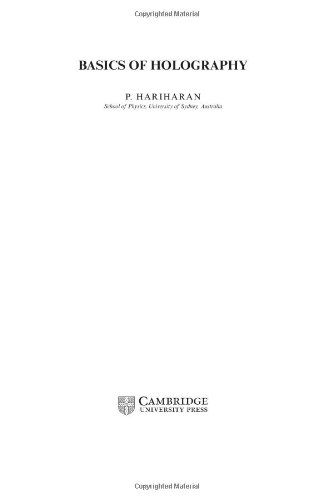
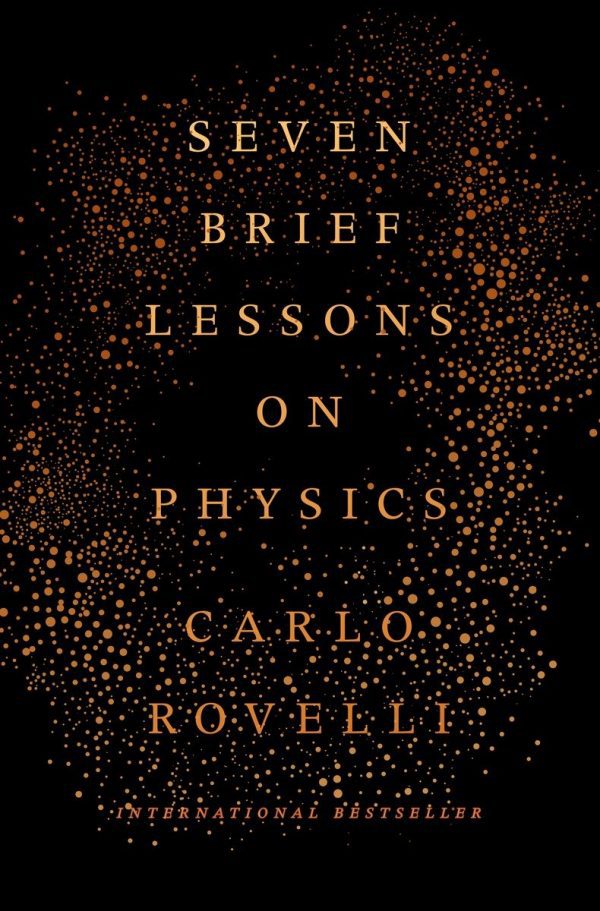
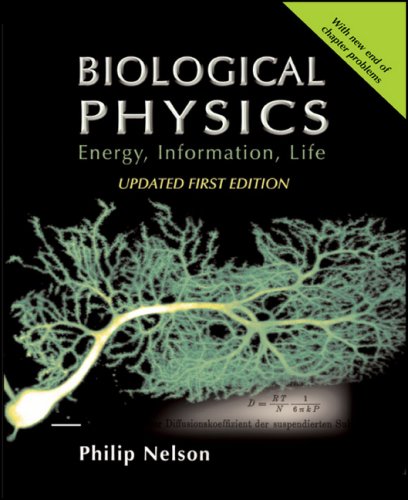
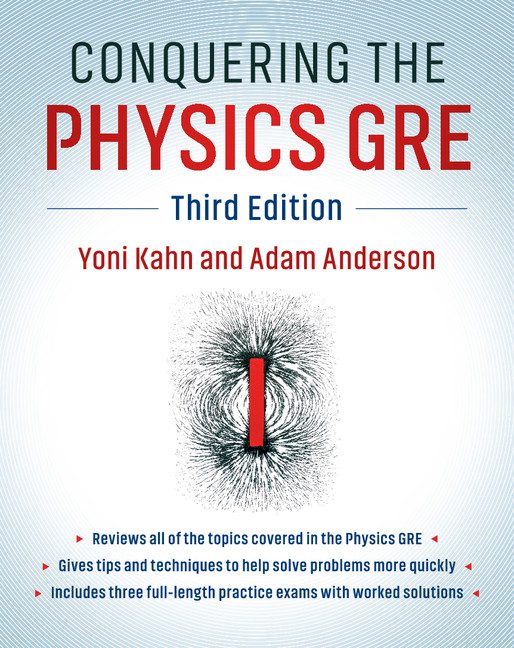
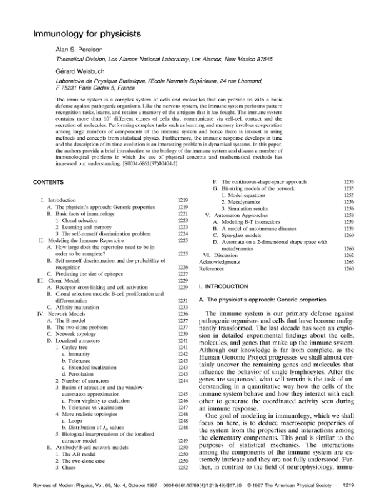
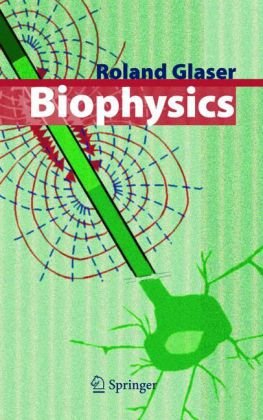
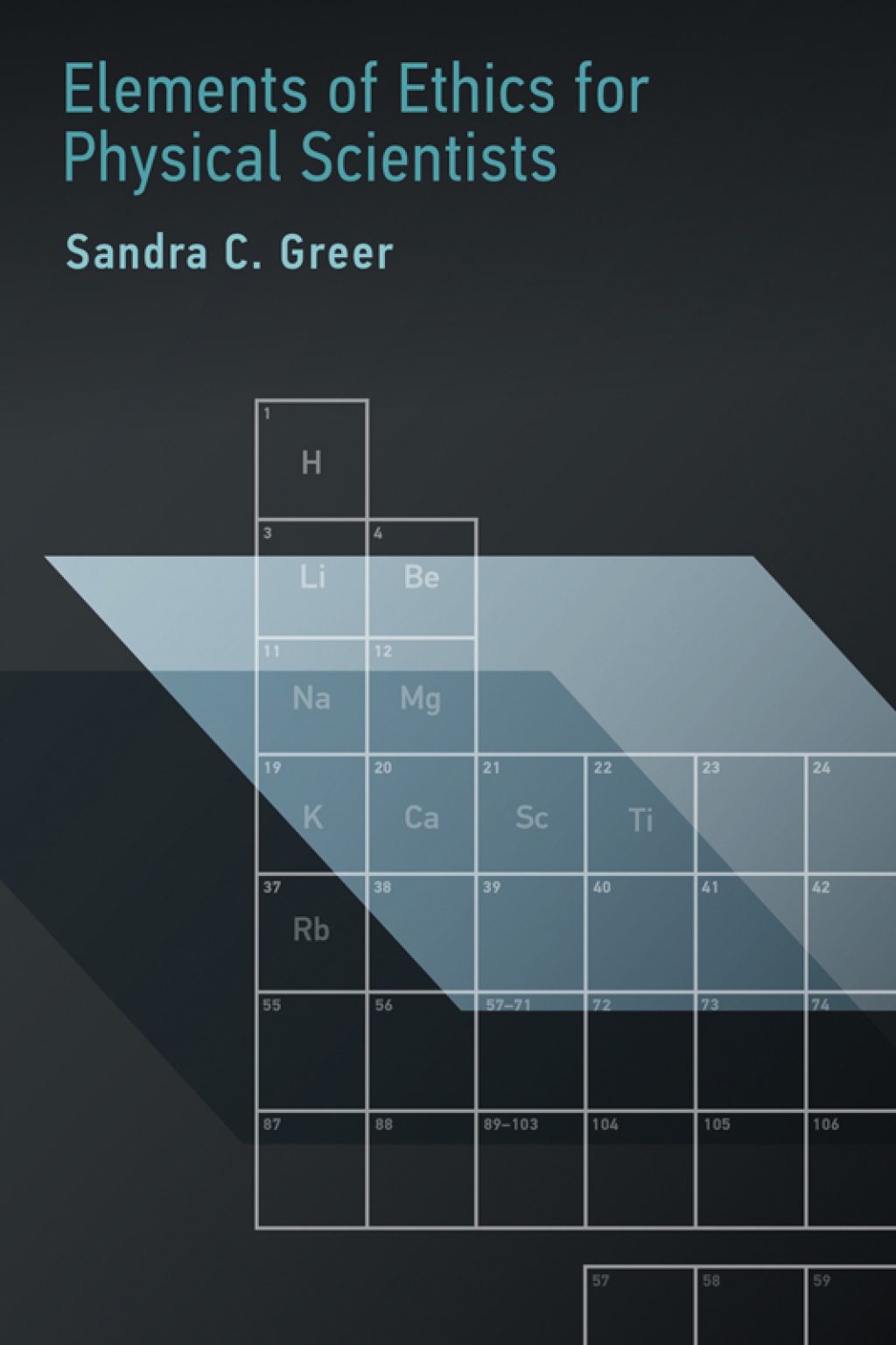
Reviews
There are no reviews yet.